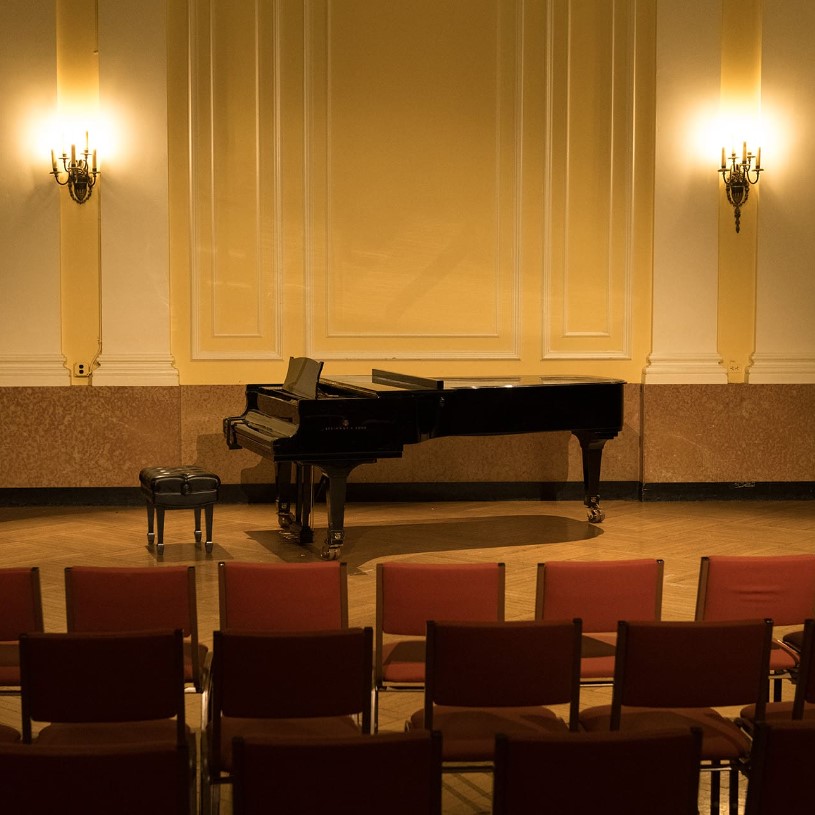Recital: Zhiheng Guo '25 DMA, Piano
Brown Hall

Free
In-Person Event
Open to the Public
Streaming

In the course of completing the Doctor of Musical Arts degree at New England Conservatory, performance majors present not just one, but three full-length recitals, for which they also write program notes. It's an opportunity to observe multiple facets of an emerging artist.
Zhiheng Guo ‘25 DMA studies Piano with Bruce Brubaker.
The live stream of this event is available to NEC Community members only. To watch the stream, please click the “Streaming Access” button at the top of the page and enter the NEC Community streaming password on the video window labeled “NEC-Produced Stream” when prompted.
Zhiheng Guo ‘25 DMA studies Piano with Bruce Brubaker.
The live stream of this event is available to NEC Community members only. To watch the stream, please click the “Streaming Access” button at the top of the page and enter the NEC Community streaming password on the video window labeled “NEC-Produced Stream” when prompted.
Schubert: Sonata for Piano in A Major, D. 784
Beethoven: Sonata No. 31 for Piano in A-flat Major, op. 110
Schubert: Impromptu in C Minor, op. 90 no. 1, D. 899
Liszt: Sonata for Piano in B Minor, S. 178

